Despite unemployment remaining above pre-pandemic levels, advanced economies are confronted with labour shortages. Ageing population, migration patterns, low wages and concerns about workplace safety explain the phenomenon.
Macroeconomic Analysis
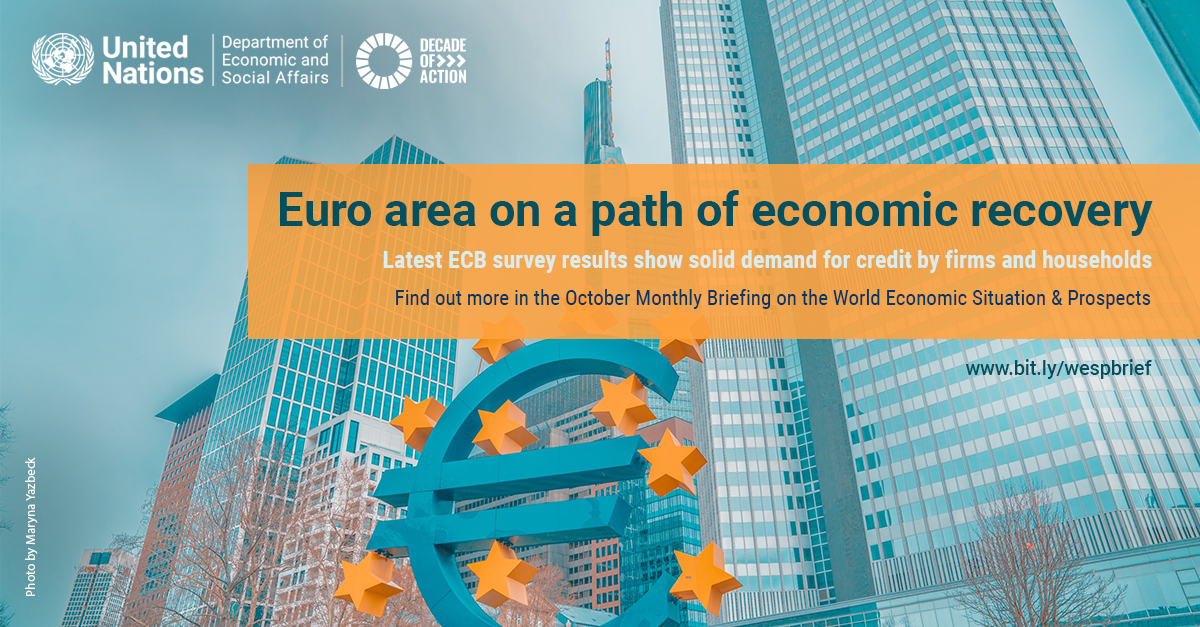
The October Monthly Briefing takes a closer look at the results of the most recent bank lending survey by the European Central Bank (ECB), which provides some insights into the shape of economic activity in the euro area.
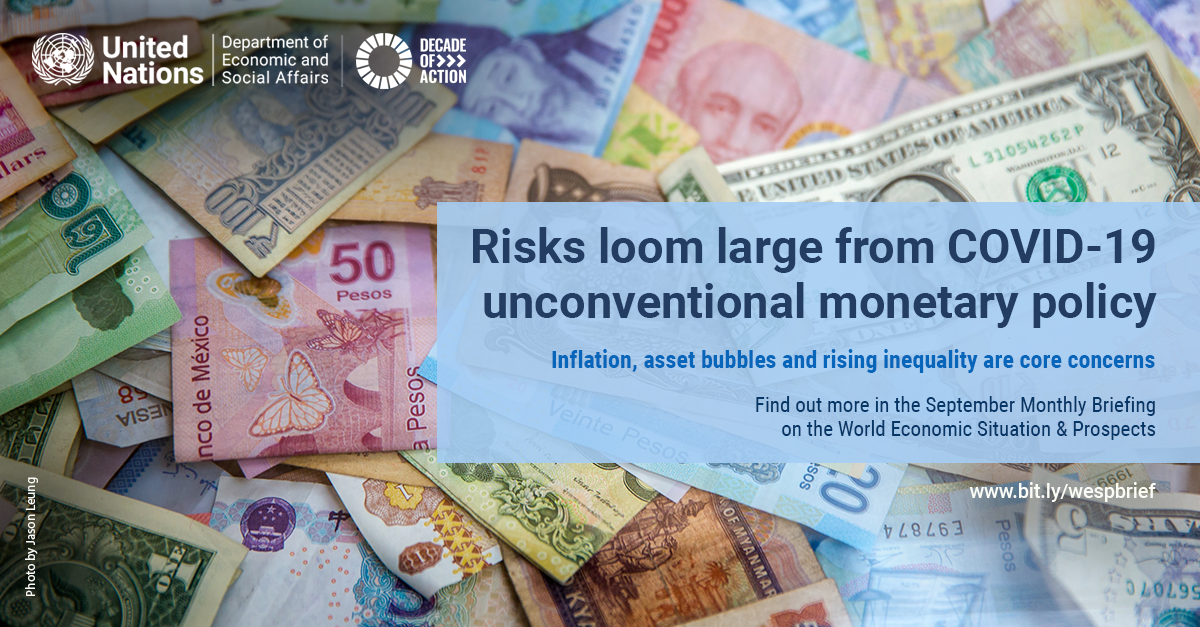
Unconventional monetary policy measures have played a crucial part in central banks? responses to the COVID-19 pandemic. Large-scale quantitative easing has led to an unprecedented expansion of developed country central bank balanced sheets.
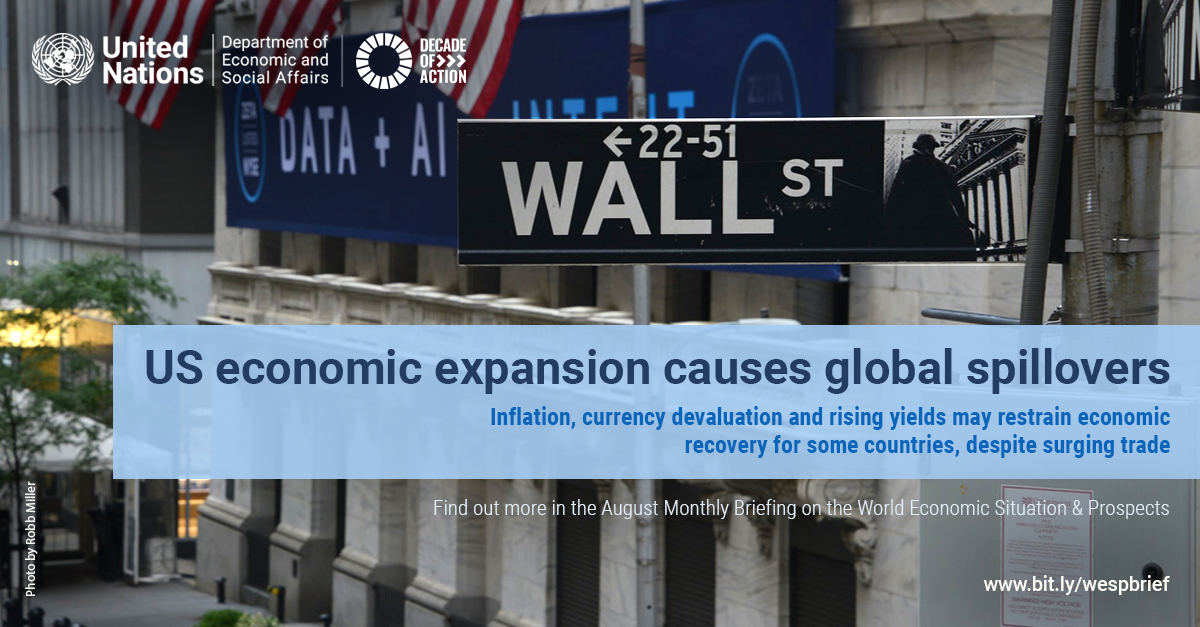
The force of the US expansion is reverberating across the world through trade and financial channels. As the recovery picks up speed, concerns over rising inflation and interest rates in the US are increasing.
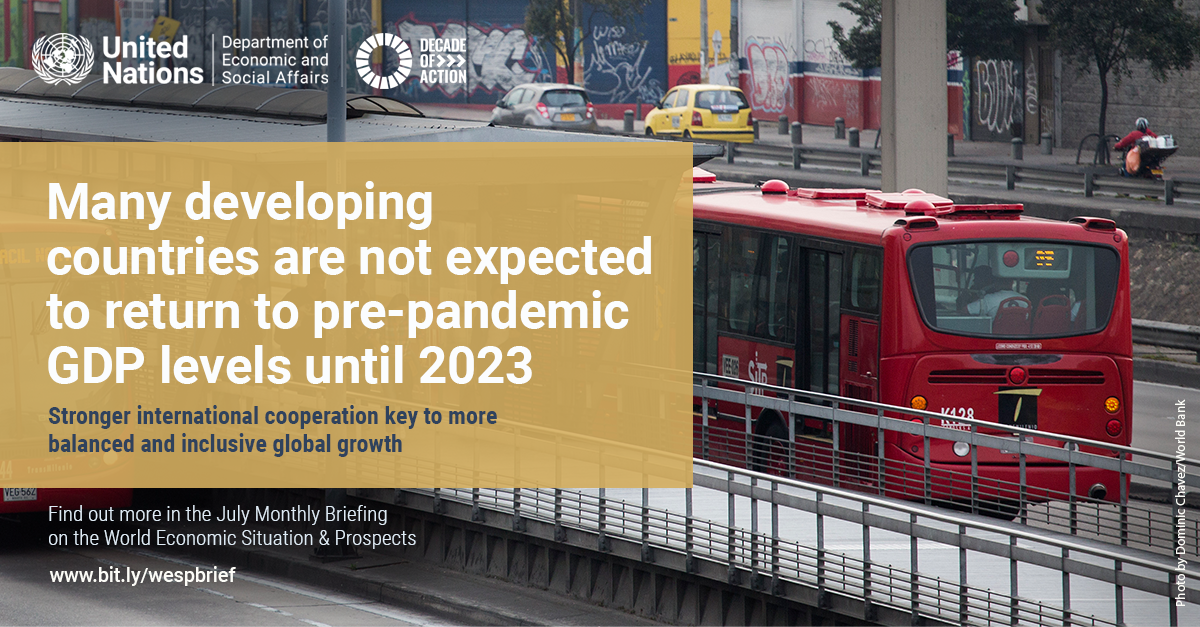
Many developing countries, especially in sub-Saharan Africa and Latin America and the Caribbean, are not projected to recover to pre-pandemic output levels until 2023.
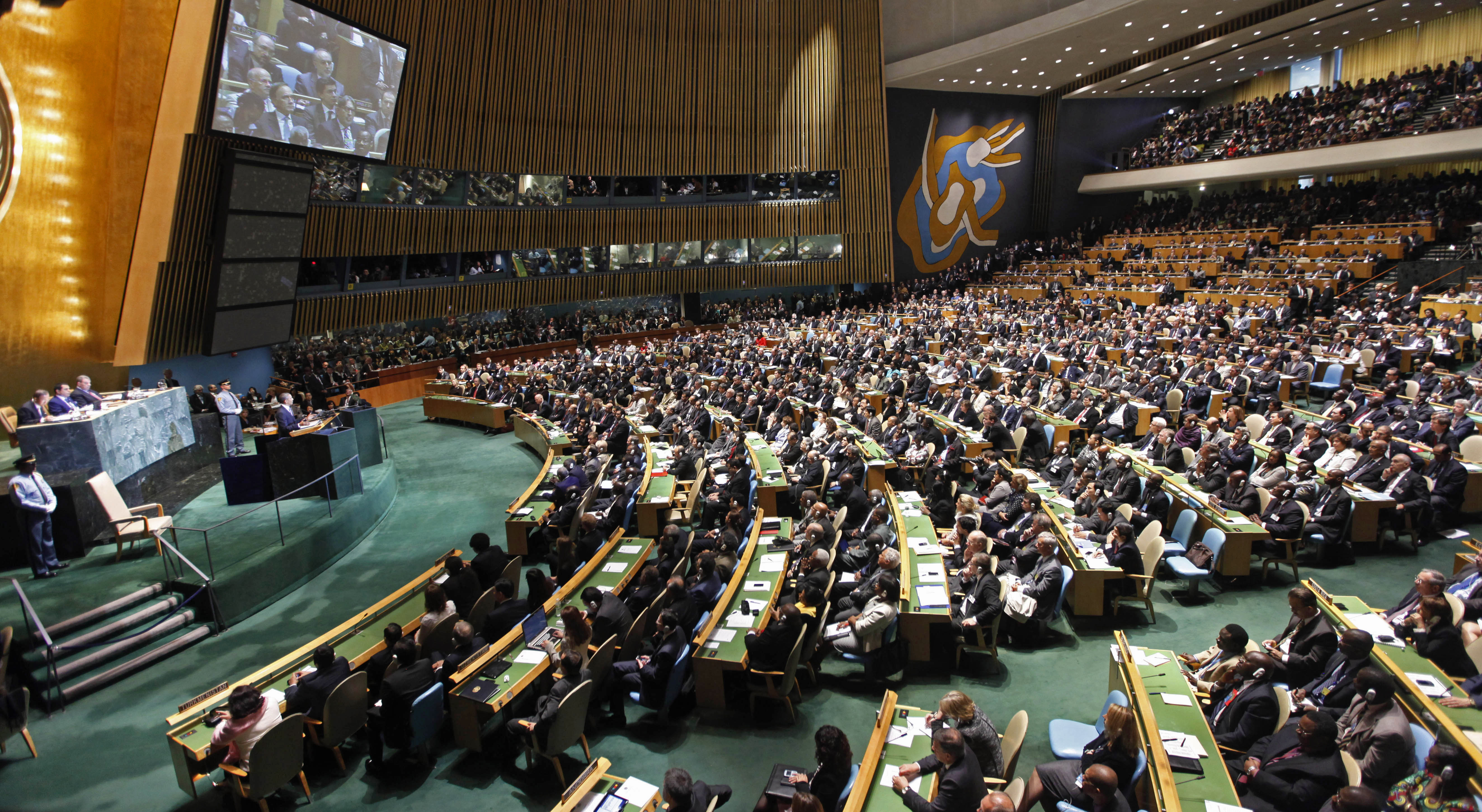
Gender barriers perpetuate inequalities and hold back productivity growth, limiting the effectiveness of post-pandemic recovery policies. Post-pandemic public policy should urgently mainstream gender and address the crisis? disproportionate impact on women.
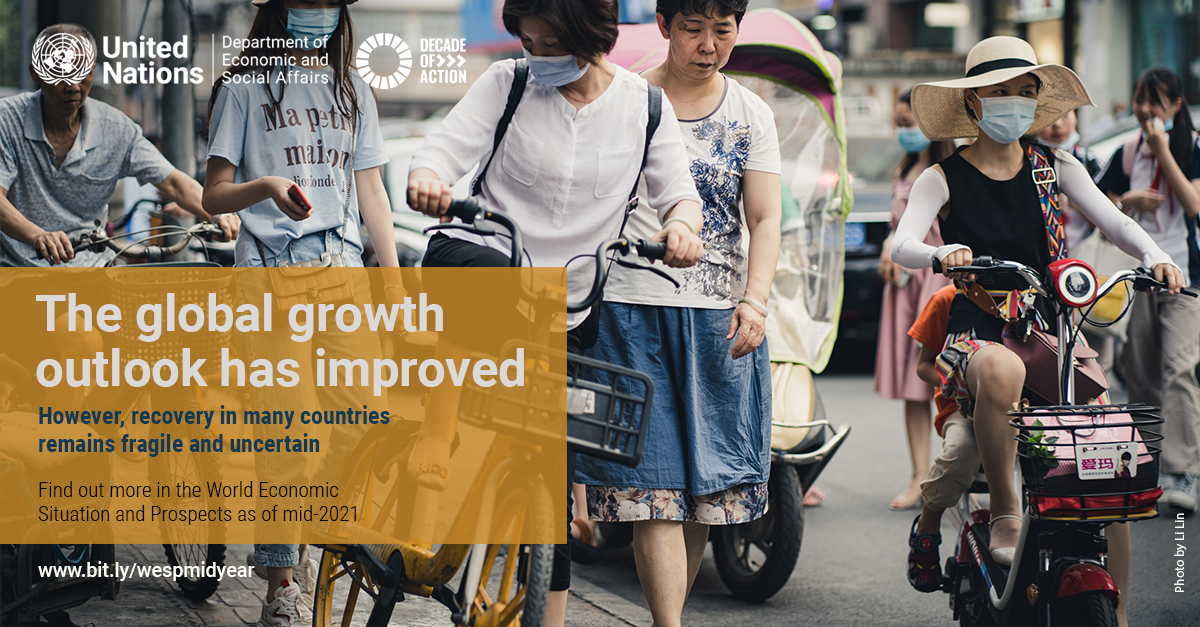
While the global growth outlook has improved, led by robust rebound in China and the United States, surging COVID-19 infections and inadequate vaccination progress in many countries threaten a broad-based recovery of the world economy.
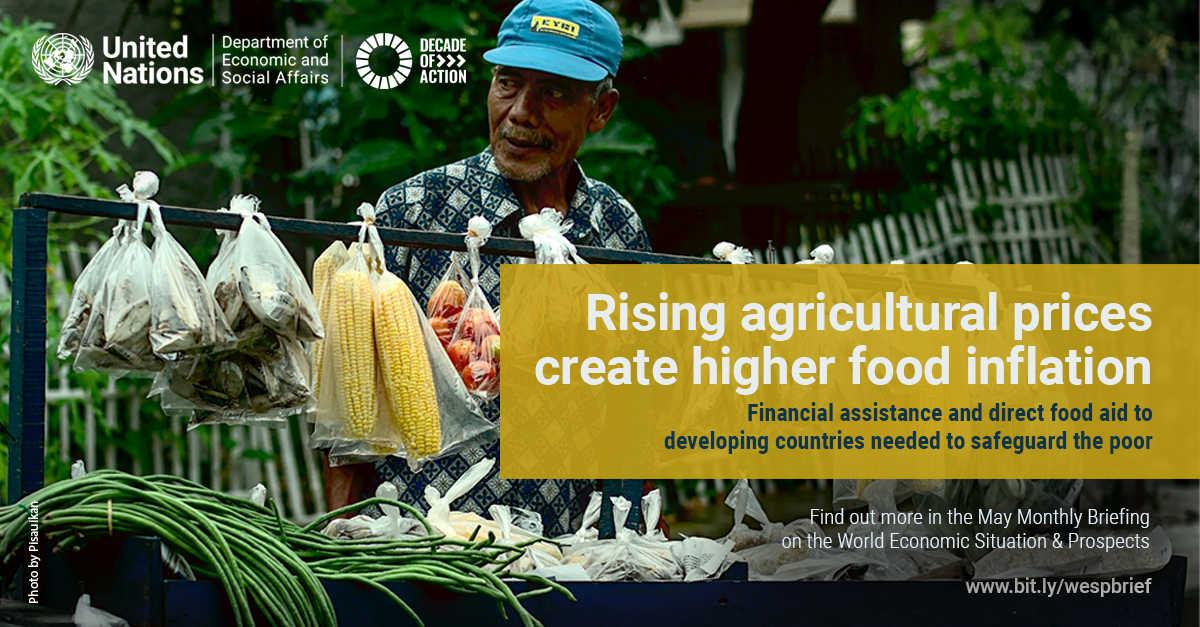
Several contributing factors need to be reviewed to look into currently emerging inflationary pressures, including the oil market, grains market, base metal market, semiconductor chip shortage, international shipping, wages and monetary factors.
Elevated inequalities place countries in a more vulnerable position to confront the pandemic. Going forward, fighting inequality will be crucial for reducing vulnerability to health and other emergencies and for enhancing the resilience of societies.
 Welcome to the United Nations
Welcome to the United Nations
